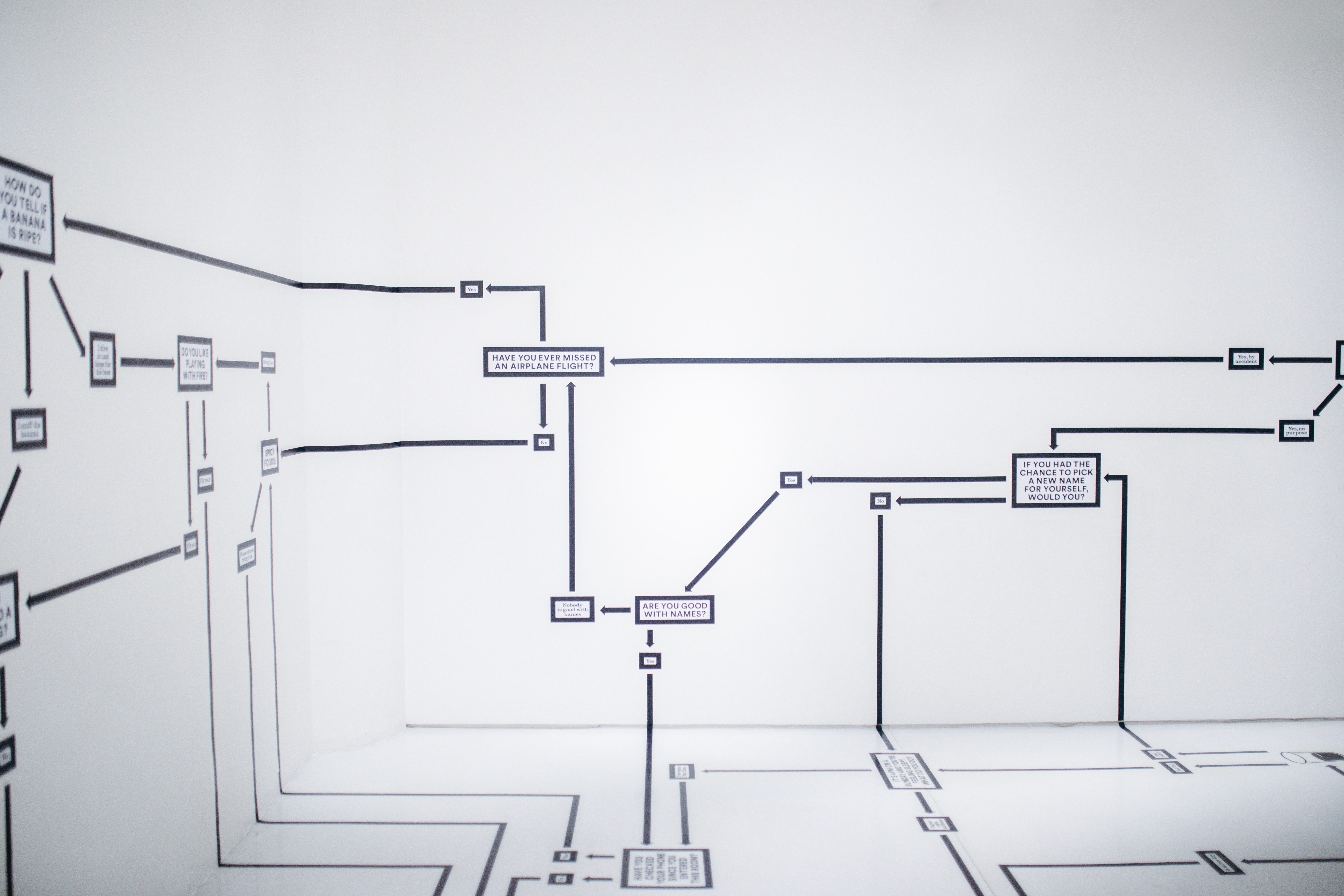
“From good to great…”
Green Belt project thinking is valuable because it focuses on improving specific processes within an organisation and teams (manufacturing, customer service, supply chain, maintenance). It is a structured approach (DMAIC: Define Measure Analyse Improve Control) that focuses on solving problems, reducing waste ("waste"), optimising processes and maximising customer value.
On the other hand, thinking in an OPEX (Operational Excellence) roadmap is broader and more holistic. It goes beyond individual projects and focuses on creating a culture of continuous improvement throughout the organisation.
Here are some real-life examples of why we from Stanwick strongly believe in creating and monitoring an OPEX roadmap:
1. Culture of Continuous Improvement: An OPEX roadmap focuses on building a culture of continuous improvement (CI: continuous improvement) within the organisation. It includes engaging and developing employees at all levels, encouraging ideas and suggestions for improvement and setting up feedback mechanisms. This promotes a sustainable improvement culture that goes beyond a few individual projects.
2. Strategic alignment: An OPEX roadmap focuses on the strategic objectives and competitive organisational strategy (customer intimacy, operational excellence, product leadership) and ensures that improvement initiatives are aligned with these objectives. It provides a framework to prioritise improvement efforts (green belt projects) based on organisational goals and expected impact.
3. End-to-End approach: An OPEX roadmap not only addresses individual processes, but also looks at the bigger picture. It identifies end-to-end value streams ("value stream mapping") and identifies interdependencies and bottlenecks. By focusing on the entire value chain (value chain), organisations can realise greater improvements and maximise the impact on multiple processes and departments. The difference between sub-optimisation and overall value chain optimisation.
4. Maximising impact: Thinking in an OPEX roadmap allows organisations to realise larger, strategic improvements that have a broad impact on multiple KPIs and aspects of the business. It enables organisations to strive for long-term Operational Excellence and not just look at short-term improvement projects.
Conclusion
While green belt projects are important to improve specific processes and get quick results, an OPEX roadmap offers a more holistic approach aimed at creating a culture of continuous improvement and achieving broader organisational goals (a more strategic and sustainable approach). It combines individual green belt projects within an overarching framework and helps maximise company-wide impact. In an ideal world, we would see these 2 improvement levers in every organisation (any sector). Green Belt projects and Operational Excellence roadmap thus go hand in hand.
At Stanwick, we understand the value of Green Belt Lean Six Sigma training and offer high-quality professional courses designed to propel your organisation and your personal growth to new heights. Contact us today and find out how our training courses can help you achieve your goals.
Interested in more? Have a look at our client cases where de describe more in detail the approach and outcome.
Jeroen Van den Hove


